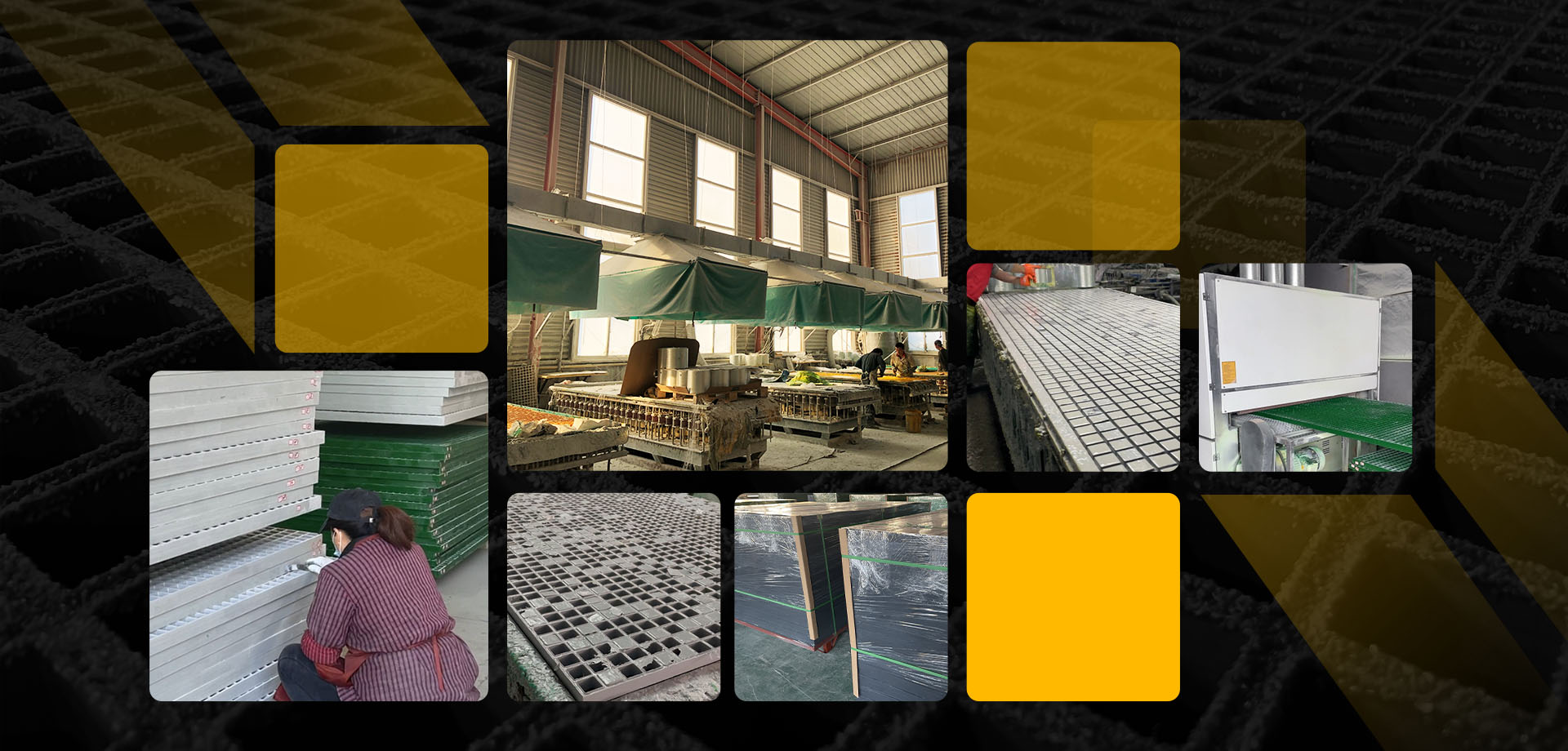loading...
- No. 9, Xingyuan South Street, Dongwaihuan Road, Zaoqiang County, Hengshui, Hebei, China
- admin@zjcomposites.com
- +86 15097380338
- Welcome to visit our website!
frp grating price
Understanding FRP Grating Pricing Factors and Insights
FRP (Fiberglass Reinforced Plastic) grating has become an essential component in various industries due to its strength, lightweight, and resistance to corrosion. It is commonly used in environments that face exposure to chemicals, moisture, and extreme temperatures. As demand for this versatile material grows, so does interest in understanding its pricing nuances. In this article, we will explore the factors influencing the price of FRP grating and provide insights for potential buyers.
What is FRP Grating?
Before diving into pricing, it is important to understand what FRP grating is. FRP grating is a type of engineered product made from fiberglass and resin, designed to provide a high load-bearing capacity while being significantly lighter than traditional materials like steel or concrete. It is used in a variety of applications, including industrial flooring, walkways, drainage covers, and more. The non-slip surface of FRP grating makes it particularly appealing for safety-critical environments.
Key Factors Influencing FRP Grating Price
1. Material Composition The type and quality of the raw materials used in manufacturing FRP grating greatly impact its price. Commonly, the resin type (polyester, vinyl ester, or epoxy) and fiberglass content determine both the strength and the chemical resistance of the grating. Higher quality materials often come at a premium but provide better longevity and resistance to harsh conditions.
2. Manufacturing Process The method of production also affects cost. Hand lay-up, pultrusion, and woven roving techniques are common manufacturing processes for FRP grating. Pultrusion is typically more efficient for mass production, resulting in lower per-unit costs. Conversely, hand lay-up might be chosen for custom applications, leading to higher prices due to labor intensity.
3. Grating Specifications The specifications required for a particular application can influence the price. This includes factors such as thickness, panel size, and load-bearing requirements. Custom sizes or higher load capacity grating will generally cost more than standard options. Furthermore, specific non-slip finishes can also add to the initial investment.
frp grating price

4. Market Demand The overall market demand for FRP grating can oscillate based on economic conditions, industry trends, and advancements in technology. High demand typically drives prices upward, while a saturated market might lower costs. Seasonal factors may also play a role, as certain industries experience peak periods when grating demand spikes.
5. Supplier Location Geographic location can also affect pricing. Closer proximity to material suppliers and manufacturing facilities may lower transportation costs, which can be reflected in the final price. Additionally, local market conditions, such as labor costs and competitive landscape, can impact overall pricing strategies.
6. Volume Purchases Like many materials, purchasing FRP grating in bulk can lead to significant savings. Suppliers often provide discounts for larger orders, making it financially advantageous for businesses with extensive grating needs to plan ahead and order in larger quantities.
Budgeting for FRP Grating
When budgeting for FRP grating, it is essential to consider not just the initial purchase price but also the long-term value. While cheaper options may seem appealing, investing in quality materials can result in lower maintenance and replacement costs over time. Additionally, take into account installation expenses, which can vary based on the complexity of the project and the type of grating selected.
Conclusion
In summary, the pricing of FRP grating is influenced by a myriad of factors, from material composition to market dynamics. Understanding these elements can help buyers make informed decisions that align with their specific needs and budget constraints. As industries continue to recognize the benefits of FRP grating, staying informed about pricing trends will ensure that businesses can leverage this innovative material effectively while optimizing costs. Whether for industrial applications or commercial use, knowing the fundamentals of FRP grating pricing can lead to more strategic purchasing and better project outcomes.
-
Transform Your Spaces with FRP Grating SolutionsNewsNov.04,2024
-
The Versatility and Strength of FRP RodsNewsNov.04,2024
-
The Excellence of Fiberglass Water TanksNewsNov.04,2024
-
The Benefits of FRP Grating for Your ProjectsNewsNov.04,2024
-
Elevate Your Efficiency with FRP Pressure VesselsNewsNov.04,2024
-
Welcome to the World of FRP Pressure VesselsNewsOct.12,2024
-
Unveiling the Future of Filtration: Why FRP Filter Vessels are a Game ChangerNewsOct.12,2024
